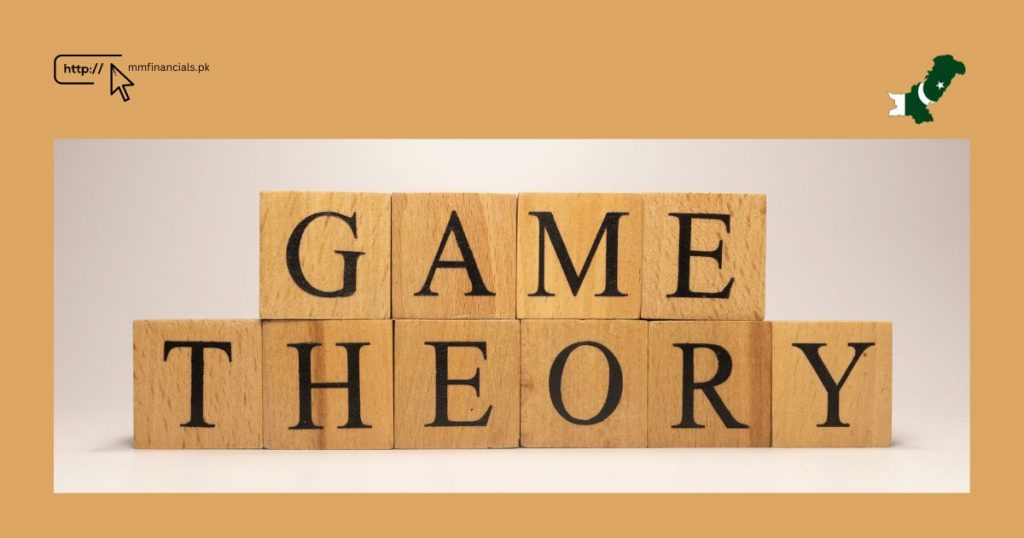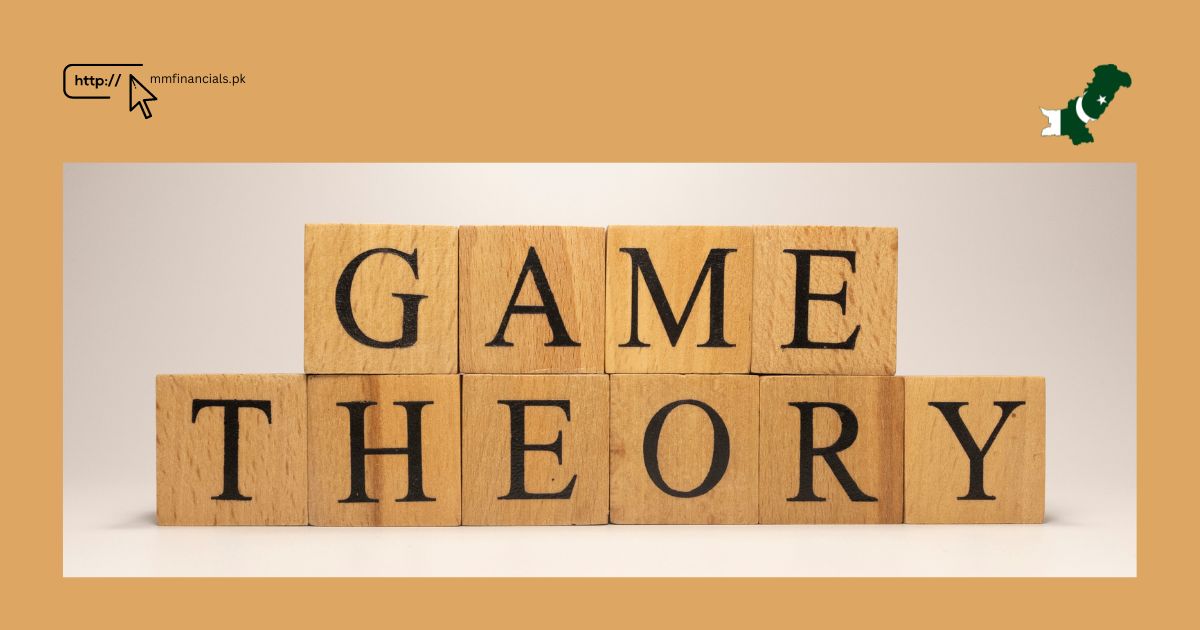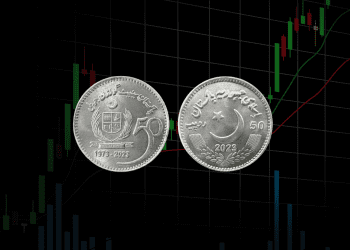In the world of data science and economics, two powerful tools stand out for their ability to analyze and predict outcomes: regressional analysis and game theory. Both of these methods are essential for understanding complex relationships and strategic interactions in various fields, from business to social sciences. This article will dive deep into what these tools are, how they work, and how they can be applied, providing a comprehensive understanding of these fascinating concepts.
Regressional Analysis: Unveiling Relationships
What is Regressional Analysis?
Regressional analysis is a statistical technique used to determine the relationship between one dependent variable and one or more independent variables. It helps in predicting the value of the dependent variable based on the known values of the independent variables. This method is widely used in finance, economics, biology, and many other fields to make informed decisions.
How Does Regressional Analysis Work?
- Collecting Data: The first step in regressional analysis is gathering data. For instance, a toy store owner might collect data on the number of toys sold, the price of the toys, and the amount of money spent on advertising over several months.
- Plotting the Data: Once the data is collected, it is plotted on a graph. In our toy store example, the price of toys and the advertising costs could be plotted on the x-axes, and the number of toys sold on the y-axis.
- Drawing the Best-Fit Line: The regressional analysis uses mathematical techniques to draw a line that best fits all the data points. This line represents the relationship between the variables.
- Analyzing the Relationship: The slope of the line and its position help in understanding how changes in the independent variables (price and advertising) affect the dependent variable (toys sold). For example, if the line shows that reducing the toy price by one dollar leads to selling five more toys, it gives valuable insights for pricing strategies.
Types of Regressional Analysis
- Linear Regression: This is the simplest form, where the relationship between the dependent and independent variables is a straight line.
- Multiple Regression: Involves more than one independent variable. For example, studying the effect of both price and advertising on toy sales simultaneously.
- Polynomial Regression: Used when the relationship between variables is non-linear.
Applications of Regressional Analysis
- Business: Companies use it to forecast sales, understand customer behavior, and set prices.
- Healthcare: Helps in predicting disease outbreaks and patient outcomes based on various health indicators.
- Economics: Used for analyzing economic trends and policy impacts.
GAME THEORY: THE SCIENCE OF STRATEGY
WHAT IS GAME THEORY?
Game theory is a branch of mathematics that studies strategic interactions where the outcomes for each participant depend on the actions of all. It is used to analyze situations where individuals or entities compete or cooperate, making decisions that affect one another.
HOW DOES GAME THEORY WORK?
- Identifying Players: The first step is identifying the participants (players) in the game. For instance, in a business context, the players could be competing companies.
- Defining Strategies: Each player has a set of possible actions or strategies they can take. For example, a company can choose to lower prices, improve product quality, or increase advertising.
- Payoff Matrix: This matrix shows the outcomes for each player based on the strategies chosen by all players. It helps in understanding the rewards or penalties associated with each combination of strategies.
- Nash Equilibrium: A key concept in game theory where no player can benefit by changing their strategy while the other players keep theirs unchanged. It represents a stable state where players have optimized their strategies given the strategies of others.
TYPES OF GAMES
- Cooperative vs. Non-Cooperative Games: In cooperative games, players can form alliances and share rewards. In non-cooperative games, each player acts independently.
- Zero-Sum vs. Non-Zero-Sum Games: In zero-sum games, one player’s gain is another’s loss. In non-zero-sum games, all players can benefit simultaneously.
- Simultaneous vs. Sequential Games: In simultaneous games, players choose their strategies at the same time. In sequential games, players make decisions one after another.
Applications of Game Theory
- Economics: Used to model market behavior and competition between firms.
- Political Science: Analyzes voting systems, coalition building, and conflict resolution.
- Biology: Studies evolutionary strategies and animal behaviors.
EXAMPLES FOR BETTER UNDERSTANDING
Regressional Analysis Example
Imagine a small bakery that wants to understand how the price of their cakes and the money spent on online ads affect their sales. They collect data over six months and plot it. After performing a regressional analysis, they find that lowering the price of a cake by $1 increases sales by 10 cakes, and spending $100 on ads increases sales by 20 cakes. This insight helps them decide whether to lower prices or increase ad spending to maximize sales.
GAME THEORY EXAMPLE
Consider two competing ice cream shops on the same street. Each shop can either set a high price or a low price for their ice cream. The payoff matrix shows the profits for each combination of prices. If both set high prices, they both earn moderate profits. If one sets a low price and the other a high price, the one with the low price captures most customers and earns higher profits, while the other earns less. If both set low prices, they both earn low profits due to price competition. The shops must strategically decide their pricing, considering the potential reactions of their competitor.
CONCLUSION
Both regressional analysis and game theory offer powerful frameworks for understanding and predicting outcomes in various fields. Regressional analysis helps in identifying relationships between variables and making data-driven decisions, while game theory provides insights into strategic interactions and optimal decision-making in competitive environments. By mastering these tools, businesses, policymakers, and researchers can enhance their decision-making processes, leading to better outcomes in their respective domains.
NOW LET’S EXPLAIN THIS IN A SIMPLER WAY
REGRESSIONAL ANALYSIS
Imagine you have a toy store, and you want to understand how the number of toys you sell is related to the price of the toys and the amount of money you spend on advertising. Regressional analysis is like a super cool math tool that helps you figure out these relationships.
How It Works:
- Collect Data: You gather data about how many toys you sold, the price of the toys, and how much you spent on advertising over several months.
- Plot the Data: Imagine you have a big piece of graph paper. You plot the price of toys on one axis, the advertising cost on another, and the number of toys sold on the third.
- Draw a Line: The regression analysis helps you draw a line that best fits all the points. This line shows the relationship between these factors. For example, it might show that lowering the price of toys or increasing advertising can lead to selling more toys.
Example:
- Suppose you find that for every dollar you lower the price of a toy, you sell 5 more toys. Also, for every dollar spent on advertising, you sell 10 more toys. This helps you make decisions on how to set prices and spend money on ads to maximize your toy sales.
GAME THEORY
Now, let’s imagine you and your friend are playing a game. Game theory is a way to understand how people make decisions when they know that their choices affect each other.
HOW IT WORKS:
- Players: You and your friend are the players.
- Strategies: Each of you has to choose a strategy or a plan. For example, you both can choose to share your toys or keep them to yourself.
- Outcomes: Depending on what each of you decides, there will be different outcomes. If both share, you both get to play with more toys. If one shares and the other doesn’t, one is happier, and the other is not so much.
EXAMPLE:
- Imagine a simple game where you and your friend have to decide whether to clean your room or play outside. If you both decide to clean your room, you both get a reward. If one cleans and the other plays, the one who plays gets a small reward and the cleaner gets nothing. If both play, you both get a smaller reward because your parents aren’t happy with the messy room.
Here’s a simple table showing the outcomes:
- Both Clean: Both get 2 candies.
- You Clean, Friend Plays: You get 0 candies, friend gets 1 candy.
- You Play, Friend Cleans: You get 1 candy, friend gets 0 candies.
- Both Play: Both get 0.5 candies.
In this game, you have to think about what your friend might do and choose your best strategy accordingly.
SUMMARY
- Regression Analysis helps you understand relationships between different factors (like price, advertising, and sales) using data.
- Game Theory helps you understand how to make decisions in situations where your choices affect others and vice versa, like in games or negotiations.
By using these tools, you can make smarter decisions in both business and everyday life!

















